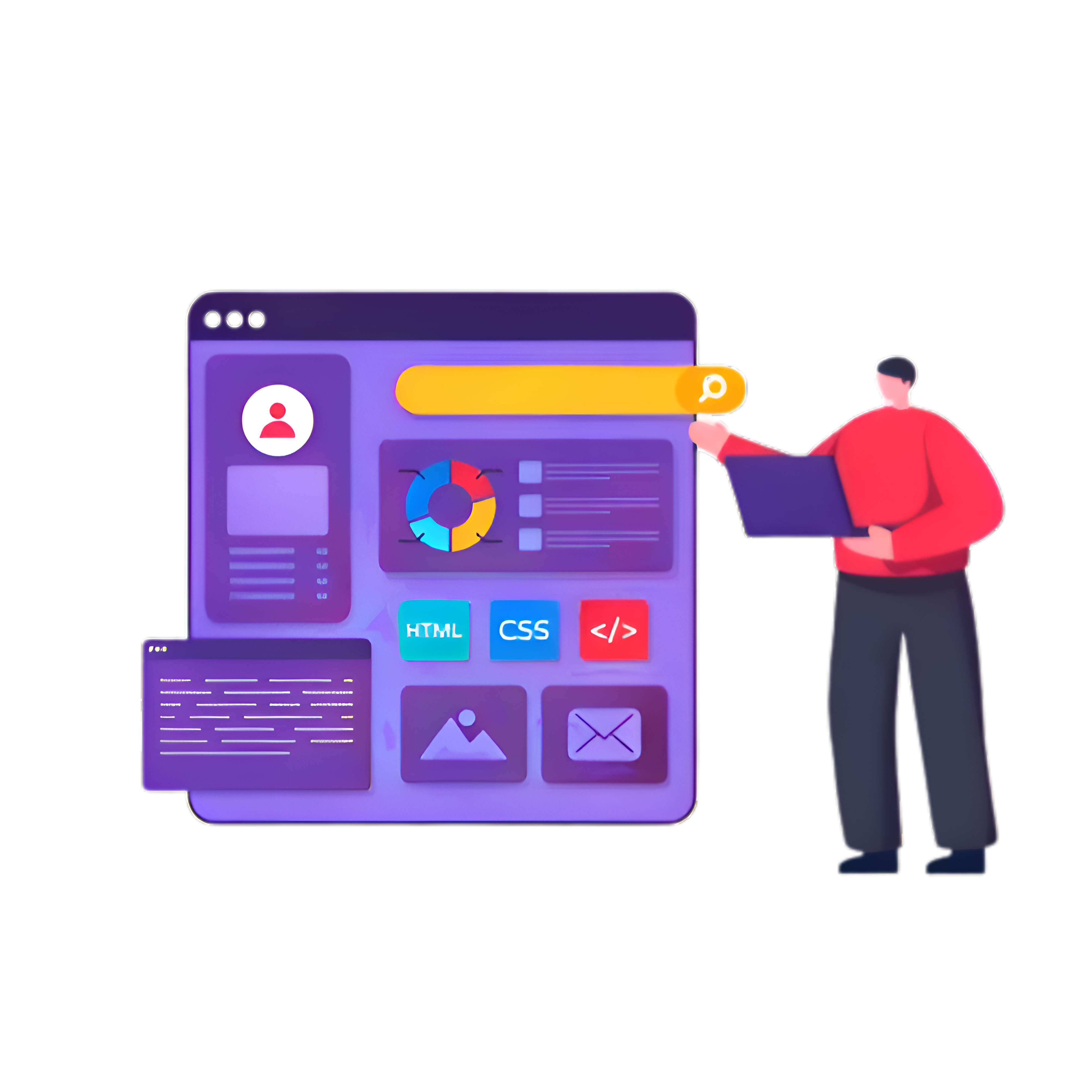
Data-Driven Governance: NDCI's Analytics Revolution
In an era where data is the new oil, the National Digital Corporation of India (NDCI) is spearheading a transformation in public governance with its robust analytics-driven strategies. As part of its 2025 vision, NDCI is helping institutions shift from reactive decision-making to smart, predictive, and data-driven governance models.
Real-Time Decision Making for Public Services
One of the most impactful developments under NDCI's analytics initiative is the implementation of real-time public service dashboards. These systems collect and analyze data on sanitation, traffic, citizen complaints, and emergency response — enabling local authorities to take timely and targeted actions that actually solve problems on the ground.
Smarter Resource Allocation with AI & Big Data
Gone are the days of manual estimation. Using AI-powered data analytics, NDCI is helping municipal bodies optimize budget allocation based on historical patterns, area-specific needs, and predictive modeling. This ensures that every rupee spent is backed by insights, not just assumptions.
Empowering Grassroots Leaders with Data Literacy
Understanding data is as important as collecting it. That’s why NDCI is running Data Literacy Workshops for panchayat leaders, municipal officers, and state administrators. These workshops teach how to interpret dashboards, spot trends, and use digital tools for evidence-based policymaking.
Transparent & Accountable Governance
Data doesn't just help internally — it also builds trust with citizens. NDCI has launched open-data platforms where the public can view development metrics, budget usage, and project timelines. This transparency fosters accountability and encourages community participation in governance.
Predictive Analytics for Policy Making
With the help of machine learning models, NDCI is developing systems that can forecast everything from flood risks to school dropout rates. These predictive insights are already being piloted in several districts, providing governments a head start in planning preventive measures.
Related Articles

Unlocking Business Growth with Digital Marketing in 2025

Scaling Digital Services: NDCI's Growth Framework

AI Adoption in Public Sector: NDCI Case Studies
Stay Updated
Subscribe to our newsletter for the latest insights

 Web Designing
Web Designing
 Static Web Designing
Static Web Designing
 Dynamic Website Designing
Dynamic Website Designing
 E-Commerce Website Designing
E-Commerce Website Designing
 B2B Portal Development
B2B Portal Development
 B2C Portal Development
B2C Portal Development
 Sales CRM Development
Sales CRM Development
 Online Exam Portal Development
Online Exam Portal Development
 Travel Portal Development
Travel Portal Development
 Real Estate Portal Development
Real Estate Portal Development
 Portal Development
Portal Development
 SEO Company
SEO Company
 Ecommerce SEO
Ecommerce SEO
 Local SEO Services
Local SEO Services
 On Page Optimization
On Page Optimization
 Off Page Optimization
Off Page Optimization
 Google Promotion Services
Google Promotion Services
 Location Wise Services
Location Wise Services
 Google Map Promotion
Google Map Promotion
 Country Business Profile
Country Business Profile
 Ecommerce Marketing
Ecommerce Marketing
 Content Writing Services
Content Writing Services
 Google Adwords
Google Adwords
 Email Marketing
Email Marketing
 Lead Generation
Lead Generation
 PPC Services
PPC Services
 Website Advertisement
Website Advertisement
 iOS App Development
iOS App Development
 Taxi Cab Booking Development
Taxi Cab Booking Development
 Hotel Booking Development
Hotel Booking Development
 Restaurant Mobile App
Restaurant Mobile App
 School Mobile App
School Mobile App
 Logo Designing
Logo Designing
 Brochure Designing
Brochure Designing
 Business Card Designing
Business Card Designing
 Flyer & Poster Designing
Flyer & Poster Designing
 Graphic Designing for Social Media
Graphic Designing for Social Media